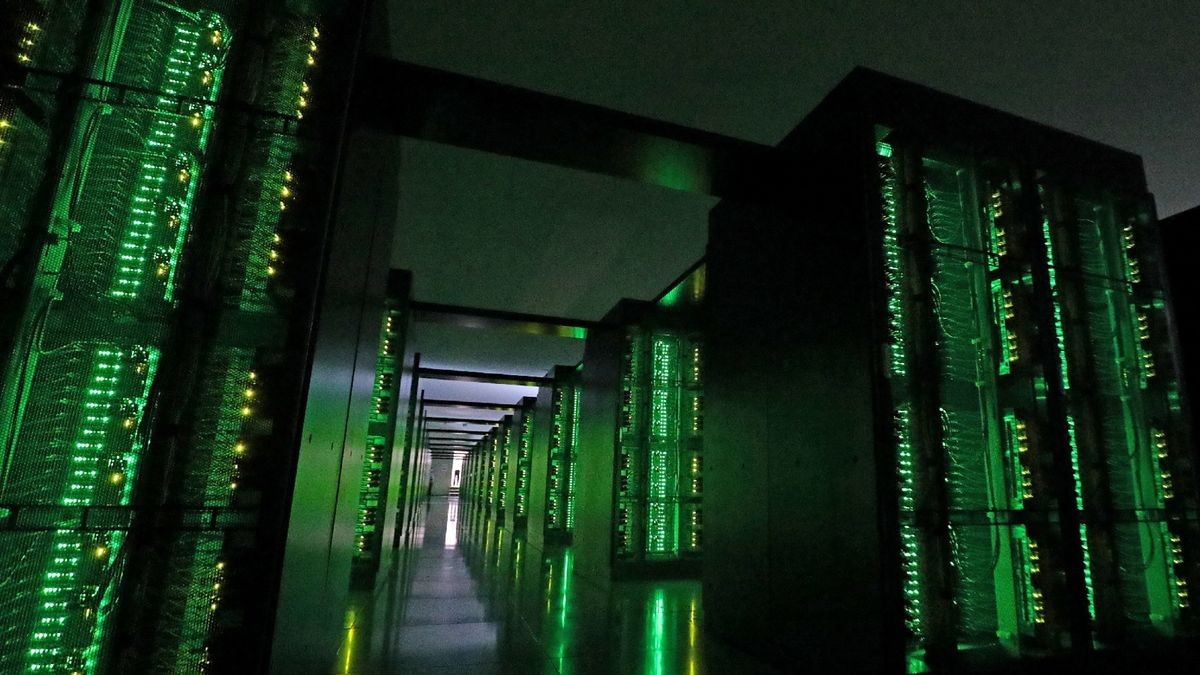
Japan is set to embark on an ambitious project to construct the world's first "zeta-class" supercomputer, marking a significant leap in computational power. The machine, slated to begin construction in 2025, is expected to be 1,000 times more powerful than today's fastest supercomputers.
A New Era of Computing
The proposed supercomputer, tentatively named "Fugaku Next," will be capable of performing calculations at the zetaFLOPS scale - a level of computing power never before achieved. To put this into perspective, a zetaFLOPS machine can perform one sextillion (1 followed by 21 zeros) calculations per second. This is a thousandfold increase from the current most powerful supercomputers, which operate at the exaFLOPS level.
Driving Force Behind the Project
Japan's Ministry of Education, Culture, Sports, Science and Technology (MEXT) announced this groundbreaking initiative on August 28. The primary motivation behind this project is to keep pace with the rapid advancements in artificial intelligence (AI) research and development.
Technical Challenges and Costs
Building a machine of this caliber presents numerous technical challenges. One of the most pressing issues is energy efficiency. Experts estimate that a zeta-class machine built using current technologies would require energy equivalent to the output of 21 nuclear power plants.
The project's cost is expected to be substantial. MEXT has allocated approximately ¥4.2 billion ($29 million) for the first year of development. However, the total cost could reach up to ¥110 billion ($761 million) by the project's completion in 2030.
Collaborative Effort
Japanese tech giants RIKEN and Fujitsu, who were instrumental in developing the Fugaku supercomputer, will lead the construction of Fugaku Next. To ensure compatibility between the two systems, Fugaku Next will likely incorporate components designed by Fujitsu.
Global Impact
Once operational, Fugaku Next is poised to become the world's most powerful supercomputer. This achievement would not only bolster Japan's position in the global supercomputing race but also open new frontiers in scientific research, particularly in AI and data-intensive fields.
As the project moves forward, the global scientific community will be watching with keen interest, anticipating the new possibilities that this unprecedented computational power could unlock.